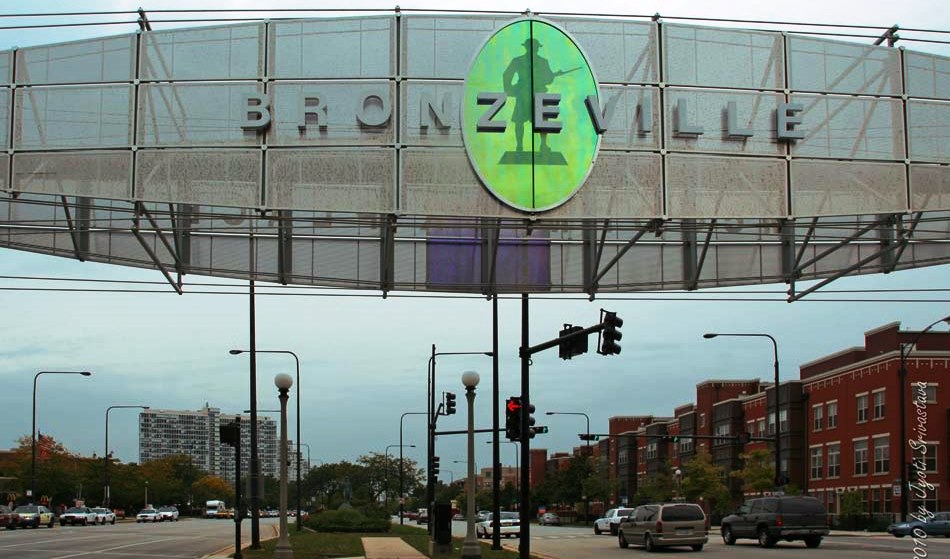The view of this Chicago, Illinois neighborhood from the 51st Street Green Line train platform is bleak.
To the west, boarded-up storefronts line one side of the street, and the most visible open business is a small store selling food and liquor.
This part of Bronzeville is a capital investment desert, an area with little access to the kind of private funding that could help revive a stagnant economy and lingering unemployment.
Short-term microloans are broadly available in this area and other low-income communities across the city, but small infusions of cash that must be repaid within a year or two can have only limited impact. Meanwhile, more substantial commercial loans are often out of reach for neighborhood business owners, who may lack the financial resources that would persuade a bank to risk lending a larger amount over more time.
Chicago’s City Treasurer Kurt Summers thinks he’s found a way to help these urban deserts bloom: the Chicago Community Catalyst Fund, a city-backed investment fund that would irrigate the area with new capital.
To increase economic opportunity in neighborhoods, Mayor Rahm Emanuel launched the Catalyst Fund in October of 2016 to provide targeted investments in businesses and community projects in the City’s neighborhoods most in need. This is a separate fund, registered as a qualified investment vehicle that can accept and invest funds from the City and from private investors. It was announced then that the Fund would have a three year funding period, and that the City will allocate at least $100 million to the Fund during the initial funding period.
Those funds have now been allocated: the City Council has approved seeding the fund with $100 million from the city’s investment returns and reserves. The idea is to have that $100 million matched 3:1 by $300 million from private firms, with no more than 20% of the fund being eligible for any single project.
The aim is to jump-start the expansion of neighborhood businesses and real estate developments by providing more access to new financial resources, particularly affordable loans between $100,000 and $1 million. Business owners could use the money to increase space, pay for new equipment, hire new employees, pay off debt or build liquidity.
Entrepreneurs and community leaders working to revitalize Chicago’s low-income neighborhoods said they are eager to see if the Catalyst Fund can deliver on the promise of new resources. “Do we have decades of under-investment in neighborhoods we must reverse? Yes,” Emanuel said.
Emanuel promoted the Chicago Community Catalyst Fund as just one of several strategies he is using to restore “vibrancy” to commercial and retail areas of areas like Pullman and Englewood. “It is another tool in our economic toolbox,” he said. “I believe in the promise of Chicago, so I think we should invest in that promise.” The idea for the fund came from Summers, who refers to it as “Fund 77”, named after the city’s 77 community areas.
“Private-sector investment has disconnected from the area; in essence, white corporate flight followed white flight from the city,” said Bernard Loyd, a former business consultant who says he has invested over $1 million of his own money in a plan to reshape the corner of Prairie Avenue and 51st Street into a destination for African and African-American cuisine.
Photo credit: Chicago Architecture & Cityscape blog.

